
Figurative art and figurativism are antipodes of abstractionism and conceptualism
Figurative art is a genre of visual art in which real objects are always clearly present in the works. Figurativism is just one style of figurative art; these definitions are not synonymous. In figurativism, the primary subjects of depiction are human or animal figures.
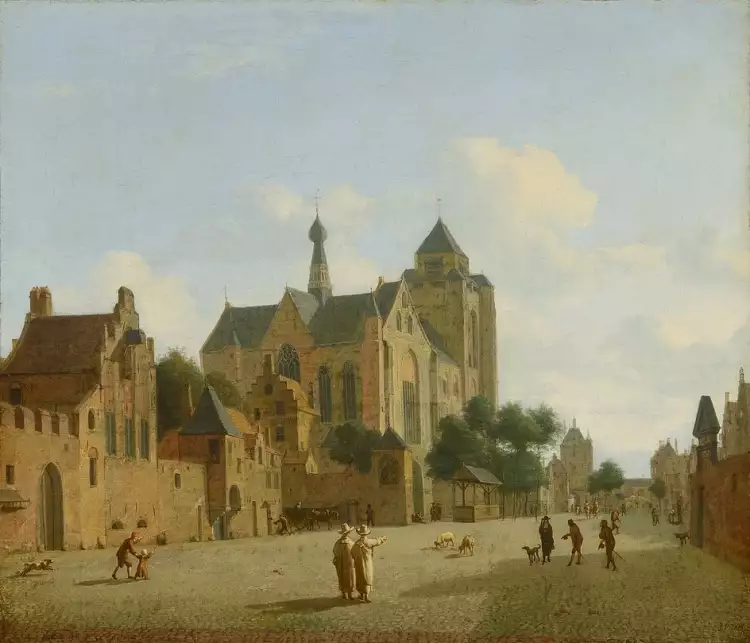 Figurative art. Jan van der Heyden. The Church in Veer, 1692
Figurative art. Jan van der Heyden. The Church in Veer, 1692
Figurative art, in essence, is the opposite of abstract art, which denies the necessity of depicting realistic things in an artist's works. On the contrary, figurativists seek to reflect their surroundings with maximum accuracy in their creations.
Varieties of figurative art
Figurative art is based on the real world rather than deeply hidden illusions in the artist's subconscious. Advocates of this genre believe that artists should create representative, recognizable images in their works.
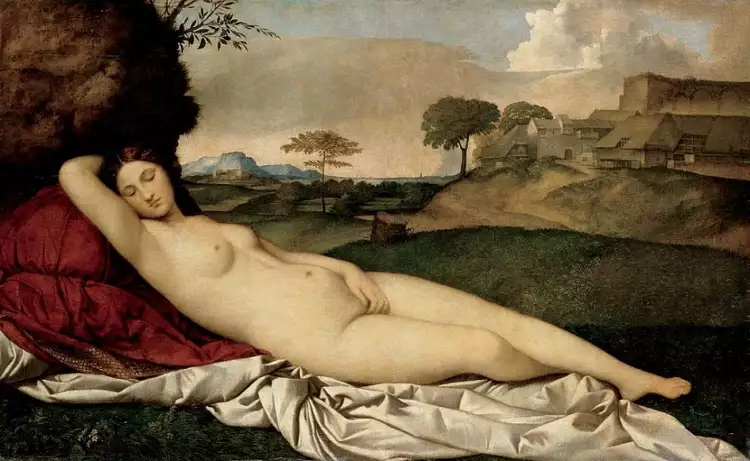 Figurative art. Giorgione. Sleeping Venus, 1510
Figurative art. Giorgione. Sleeping Venus, 1510
Objects for creative expression can be diverse, encompassing both animate and inanimate subjects: people, houses, animals, cars, plants. However, the artist is free to use all available means to realize their ideas:
- A broad color palette.
- Whimsical and original forms of objects.
- Contrast combinations, the role of light and shadow.
- Perspective and volume.
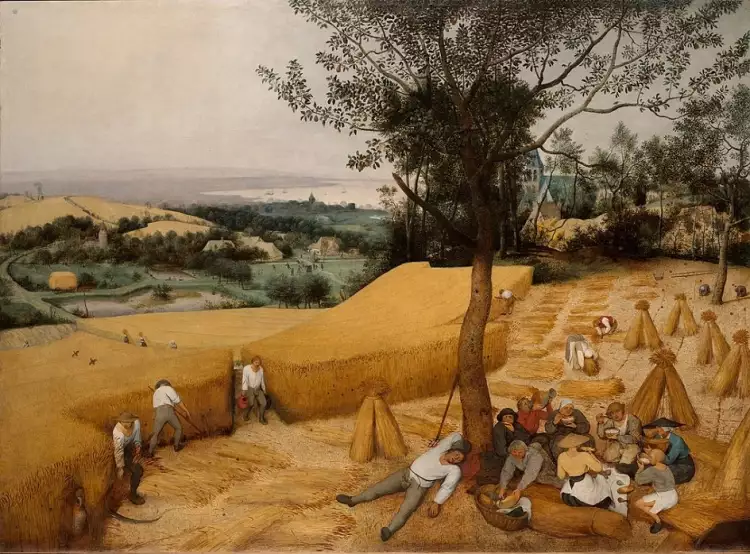 Figurative art. Pieter Bruegel the Elder. The Harvesters, 1565
Figurative art. Pieter Bruegel the Elder. The Harvesters, 1565
Therefore, figurative art can encompass works of many genres:
- Portrait.
- Historical.
- Animalistic.
- Landscape.
- Everyday life.
- Battle scenes.
- Nude.
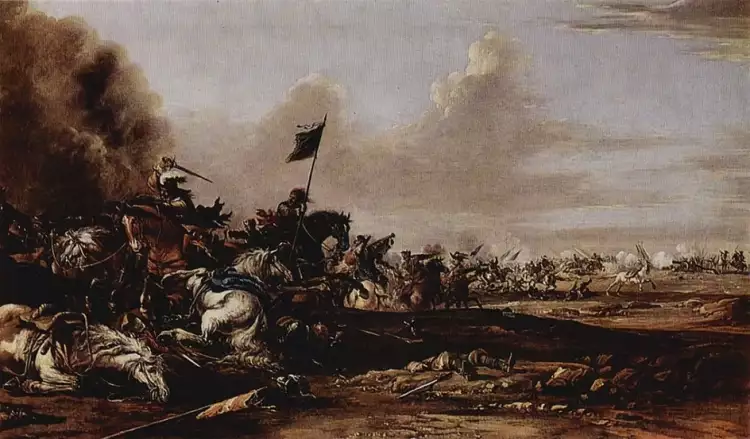 Figurative art. Johann Anton Eismann. The Battle, 1656
Figurative art. Johann Anton Eismann. The Battle, 1656
Similarly, figurative art brings together a multitude of diverse styles in which the primary subject of depiction is the real world, including:
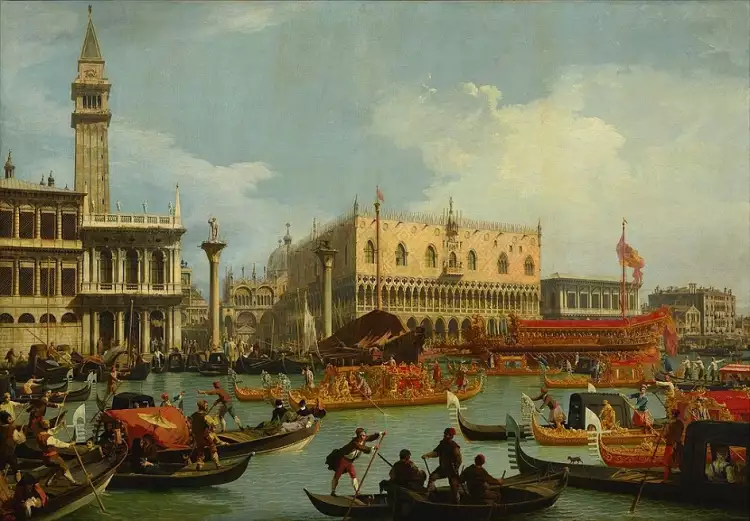 Figurative art. Canaletto. The Bucintoro in Venice on Ascension Day, 1729
Figurative art. Canaletto. The Bucintoro in Venice on Ascension Day, 1729
Moreover, figurative art is always aimed at the emotional perception of the viewer through the representation of recognizable forms of objects and subjects. This sets it apart drastically from conceptualism, whose proponents see the communication of ideas as their main goal, with little importance given to the form of creative expression.
History of figurative art
Historical roots of figurative art can be traced back to ancient times. Even primitive people in their cave paintings often sought to accurately depict the surrounding world.
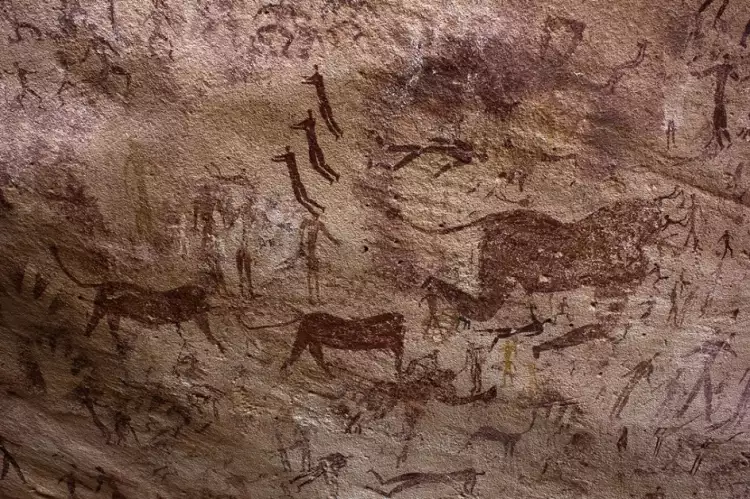 Figurative art. Rock art, 7,000 B.C.
Figurative art. Rock art, 7,000 B.C.
But artists have always had a tendency to slightly distort, or more precisely, embellish reality. Masters of the ancient era consciously idealized the features of the human figure in their works. In the Byzantine Empire, icon painting became the primary form of visual art, where body proportions were distinctly stylized, and the symbolism of colors and objects played a crucial role.
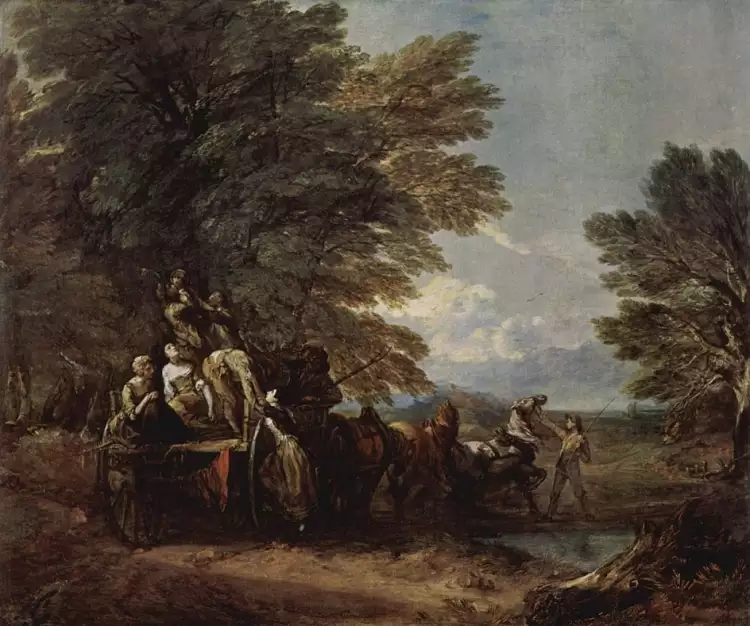 Figurative art. Thomas Gainsborough. The Harvest Wagon, 1767
Figurative art. Thomas Gainsborough. The Harvest Wagon, 1767
During the Renaissance, artists saw their purpose in celebrating the ideals of humanism and anthropocentrism. Therefore, the greatest masters of that time created beautifully stunning but not always realistic works. This trend continued into other historical epochs, extending to the advent of Impressionism.
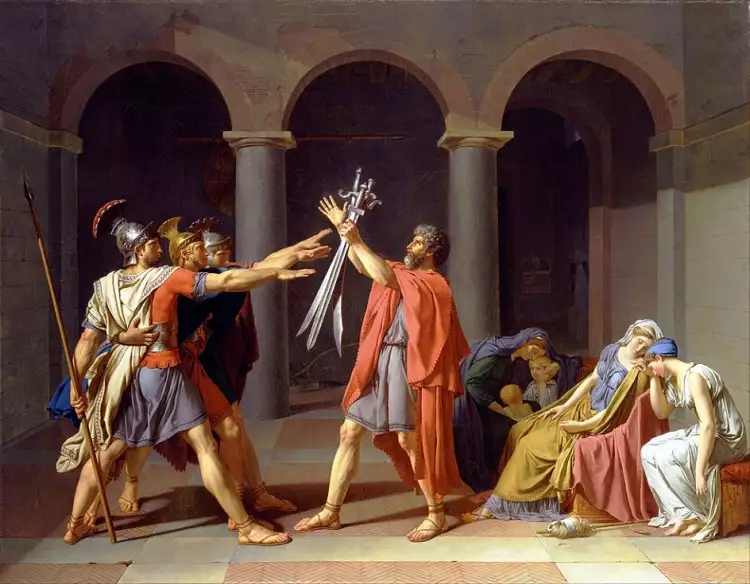 Figurative art. Jacques-Louis David. Oath of the Horatii, 1784
Figurative art. Jacques-Louis David. Oath of the Horatii, 1784
The characteristics of figurative art, despite the emergence of new styles and genres, have always remained discernible in the paintings and sculptures of artists. However, at the turn of the 19th and 20th centuries, revolutionary avant-gardism emerged in world culture. Many artists decisively rejected millennia-old academic traditions, including figurativism. Abstract painting began to gain popularity, gradually taking the lead in contemporary global culture.
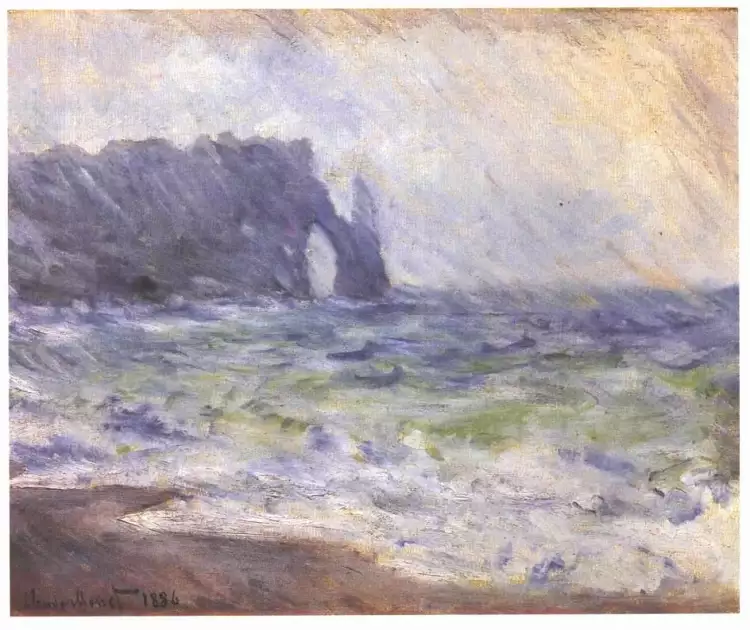 Figurative art. Claude Monet. Étretat sous la pluie, 1886
Figurative art. Claude Monet. Étretat sous la pluie, 1886
In the 21st century, the ratio of adherents of abstract and figurative art is constantly changing. Some artists actively advocate for the return of old traditions in painting and sculpture, while their opponents ardently defend the opposite point of view. The outcome of this struggle is uncertain, even for art professionals.
The Very Important Lot portal offers everyone a unique opportunity to participate in art auctions and acquire antiques. On the website, you can also buy paintings from contemporary artists at an affordable price.
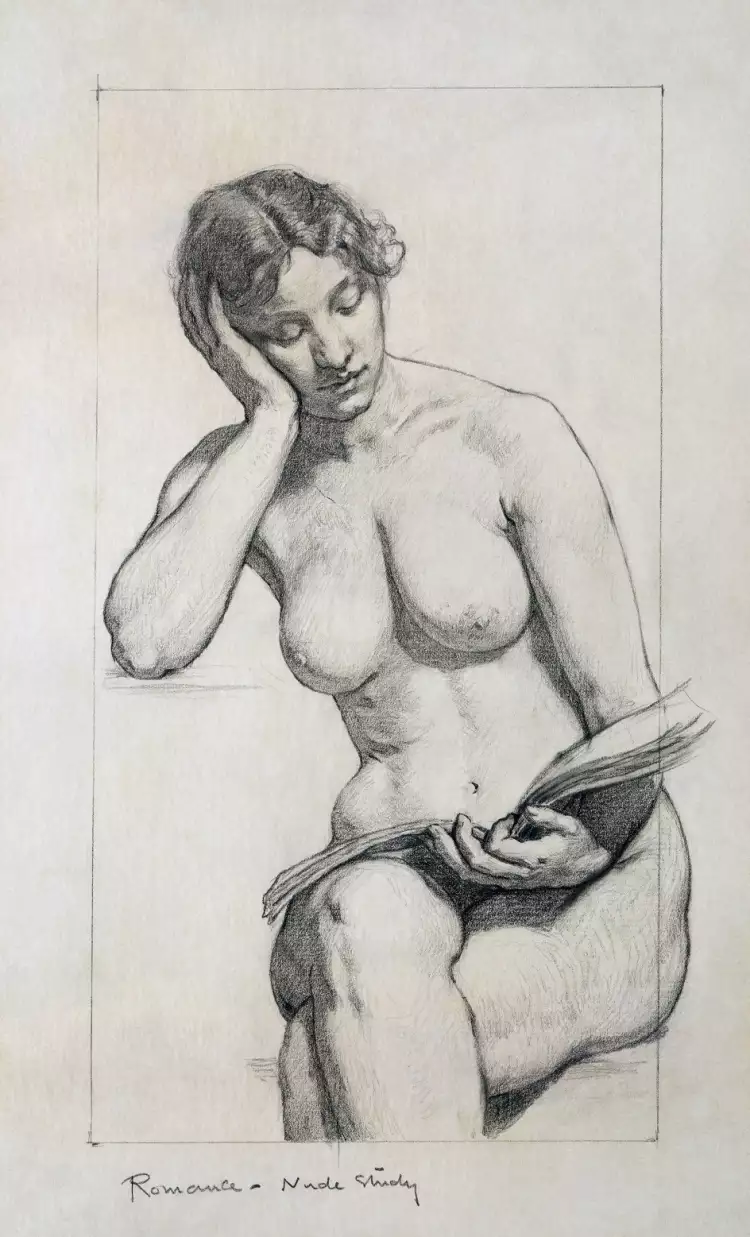
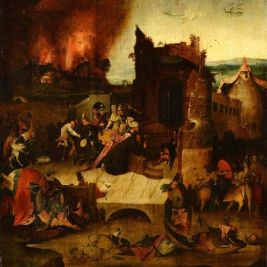 The painting "The Temptation of St. Anthony" by Hieronymus Bosch is a unique and mesmerizing work from the depths of centuries
The painting "The Temptation of St. Anthony" by Hieronymus Bosch is a unique and mesmerizing work from the depths of centuries  Alberto Giacometti was a great sculptor of the 20th century who relentlessly shattered the stereotypes of art in search of creative self-expression
Alberto Giacometti was a great sculptor of the 20th century who relentlessly shattered the stereotypes of art in search of creative self-expression 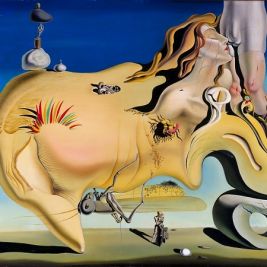 Surrealism is art from the depths of the human subconscious
Surrealism is art from the depths of the human subconscious  Silver of Great Britain - History, Styles, and Hallmarks
Silver of Great Britain - History, Styles, and Hallmarks 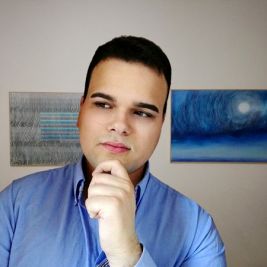 Giovanni Guida is an Italian artist-innovator and master of grattage
Giovanni Guida is an Italian artist-innovator and master of grattage 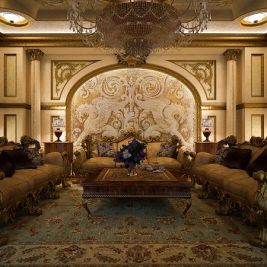 Mannerism style in interior design - the aesthetics of grandeur and the logic of mannerism
Mannerism style in interior design - the aesthetics of grandeur and the logic of mannerism  The painting "Portrait of T. H. Shevchenko" by Ivan Kramskoy is a belief in humanity that has transcended centuries
The painting "Portrait of T. H. Shevchenko" by Ivan Kramskoy is a belief in humanity that has transcended centuries 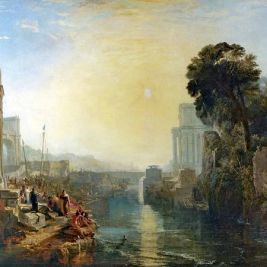 The painting "Dido building Carthage" by William Turner is the artist's beloved creation, which he wanted to take with him to his grave
The painting "Dido building Carthage" by William Turner is the artist's beloved creation, which he wanted to take with him to his grave  Tapestry - an exquisite handmade carpet with an ancient history
Tapestry - an exquisite handmade carpet with an ancient history 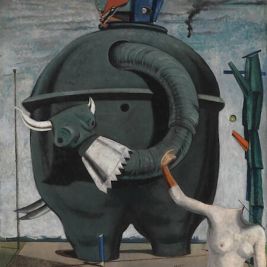 Modernism in painting - a different interpretation of reality
Modernism in painting - a different interpretation of reality